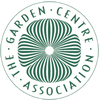The leopard gecko can be found in areas of northwest India, southwest Afghanistan, eastern Iran and Pakistan. Baby leopard geckos often found in pet shops are delicate in appearance compared to the stocky adults they can become, reaching breeding age at around 18 months. These animals grow between 18 and 24cm in length.
DIET
Geckos are mainly insectivorous animals. Foods taken in captivity consist of arthropods, mealworms, wax worms, black field crickets, locusts, brown crickets, earthworms and pink mice.
REQUIREMENTS
Heat Source:- This can be either reflector (spot) lights in green, red or blue, ceramic or tubular heaters or thermostatically controlled heat mats. UV Light Source:- Require a 2.0% UVB lamp. This should be left on for 8 to 12 hours a day and replaced every 6 months unless otherwise stated by the manufacturer. This will create a day and night time effect as well as give your lizard sufficient levels of UV in order to allow vitamin D3 synthesis. Housing:- This should consist of a dark wooden vivarium with glass frontage and adequate ventilation. A vivarium measuring 30 inches in length by 18 inches deep by 18 inches high) is sufficient for a small colony of geckos (3 or 4). However, males are notoriously aggressive and should not be kept with other males. Hatchlings should be kept in a smaller container which can be housed in their future vivarium. Thermostat:- An essential part of any vivarium and is required to regulate the internal temperatures of the vivarium and to prevent your pet from becoming too hot or too cold. Wire Mesh Guards:- These should be fitted over all heat sources used, in order to prevent thermal burns. Thermometers:- One should be placed at each end of the vivarium in order to give an accurate reading of the temperatures within the enclosure. Never go by the temperature on the thermostat as these are often inaccurate. Hides:- These are essential to prevent stress and allow your pet to hide away from the outside world. Artificial plants, boxes, plant pots, caves etc. all make excellent hides.
WATER
These animals in particular do not require great amounts of water, spraying on a daily basis is often sufficient. However, it may be wise to supply a shallow bowl of water to enable the animal to use it when needed.
TEMPERATURE
A basking area of 30 – 35°C (86 – 96°F) is required at one end of the vivarium. The background temperature should range from 26 – 28°C with a night time temperature of 20 – 25°C.
HUMIDITY
These animals arise from fairly dry areas and therefore require lower levels of humidity, usually around 50 – 55%. A humid hide should also be provided, to assist with shedding.
LONGEVITY
If kept under the right conditions leopard gecko’s can live between 8 and 15 years with some exceeding this.
SUBSTRATE
Calcium sand is recommended as the geckos will eat some of the sand whilst they catch and eat their insect prey. Calcium sand can be digested without causing harm to the gecko.
SALMONELLA
Many reptiles carry the naturally forming bacteria Salmonella. It must be stated that salmonella bacteria can only be contracted by ingestion (via the mouth). Good hygiene is therefore very important when keeping any animal. Remember, you are just as likely to contract salmonella from your Sunday lunch, cream cake or dog so don’t automatically assume that your lizard is the only suspect!













